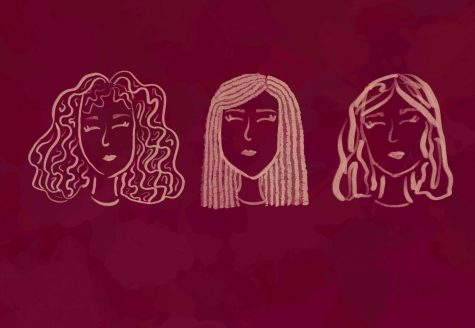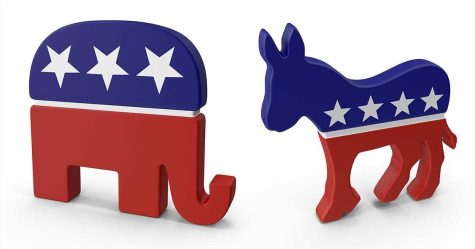The Beauty Industry: Exploring the ethicality of makeup
From advertisements on Instagram promoting a celebrity’s new skincare line to magazines promoting anti-aging serum, the beauty industry is inescapable. According to Statista, the beauty industry is worth $534 billion globally, so it is no surprise that in the age of social media’s focus on physical perfection, the beauty industry is only expected to grow in size. But behind all the glamor, there is a dark side to this industry, one with immoral business practices and harmful ramifications.
One of the most widely used ingredients in makeup is Mica, a naturally occurring mineral that gives makeup its shimmer. In fact, Mica is used in all kinds of products from toothpaste to cement, but the ways in which it is obtained is questionable. In India and Madagascar, the two largest Mica exporters in the world, child labor is often used when mining for Mica. Children as young as five years old face the dangers of unpredictable minding conditions such as falling rocks and the risk of respiratory illnesses from being exposed to too much dust. The Child Labor Coalition revealed that many of these children are severely underpaid, making less than 70 cents a day, with families with no other choice except sending their children to work
Not only is the process of using Mica in the production of beauty products unethical, the after effects on the environment are detrimental. The ingredients and packaging of makeup products are harmful to the environment. Zero Waste Week found that the beauty industry creates about 120 billion units of plastic packaging per year. The chemicals used in certain products are extremely harmful towards many delicate ecosystems in the world. Examples are oxybenzone and octinoxate, two chemicals commonly found in sunscreens, which are damaging to coral reefs. Studies by the National Oceanic and Atmospheric Administration have shown that these chemicals have negative effects on coral reef reproduction, causing bleaching or even killing coral. Furthermore, tiny plastic beads called microbeads, typically used for exfoliation in cosmetic products, are another danger to the environment. Because these beads are so small, water treatment systems often fail to filter them out, so they end up in rivers, lakes and oceans. Then, fish mistake those plastics for food and ingest toxins.
With new research finding out just how harmful certain chemicals can be for the environment, laws are being passed to prevent damage. In 2016, the Jharkhand government in India passed the Responsible Mica Initiative, hoping to put an end to child labor and unjust working conditions. The U.S. passed the Microbead-Free Waters Act of 2015, forbidding the use of plastic microbeads in rinse-off personal care products. And just last year, a ban went into effect in Hawaii, prohibiting any sunscreens containing oxybenzone and octinoxate chemicals.
With social media and the Internet providing transparency about unethical manufacturing, an increasing number of people are making an effort to shop from more environmentally and ethically conscious brands. By taking responsibility for our consumption, we can reduce the impact we have on the environment and put an end to deceitful manufacturing practices.













